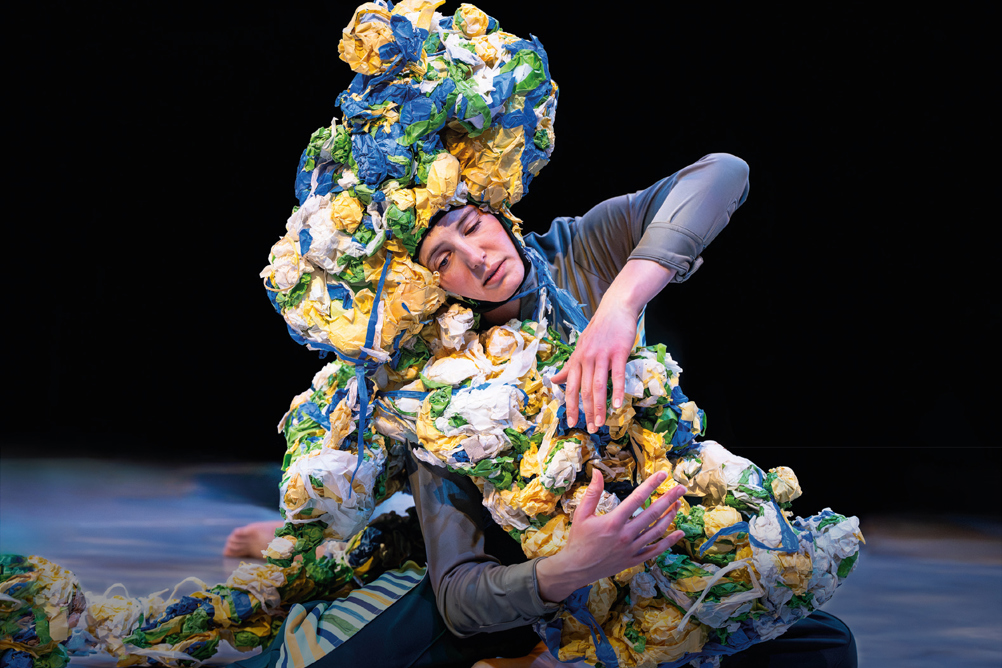Gail Deal talks to Second Hand Dance, a company who produce inspirational performances and digital dance films for children and adults, to learn more about their work as a disabled-led organisation and the challenges of producing inclusive work for younger audiences.

Second Hand Dance was set up in 2013 in the UK and is run by Artistic Director Rosie Heafford and Executive Producer Claire Summerfield. The company makes inclusive work for younger audiences with a strong focus on collaboration between children and adults, play, exploration and movement.
The company advocates for access and inclusion for colleagues and audiences with invisible disabilities. As a disabled-led organisation, integrated access is at the heart of any project and is considered through all the stages of the process, whether the performance is live or digital, in a theatre, a hospital or a park. The company has shown their performances and digital dance films across three continents, and is currently on tour with The Sticky Dance.
Register now to continue reading
Register to the Drama & Theatre website today and gain access to all the latest news and developments from the world of drama education.
By registering you will receive:
-
Free access to 4 subscriber-only articles per month
-
Unlimited access to news and opinion on our website
Already have an account? Sign in here
